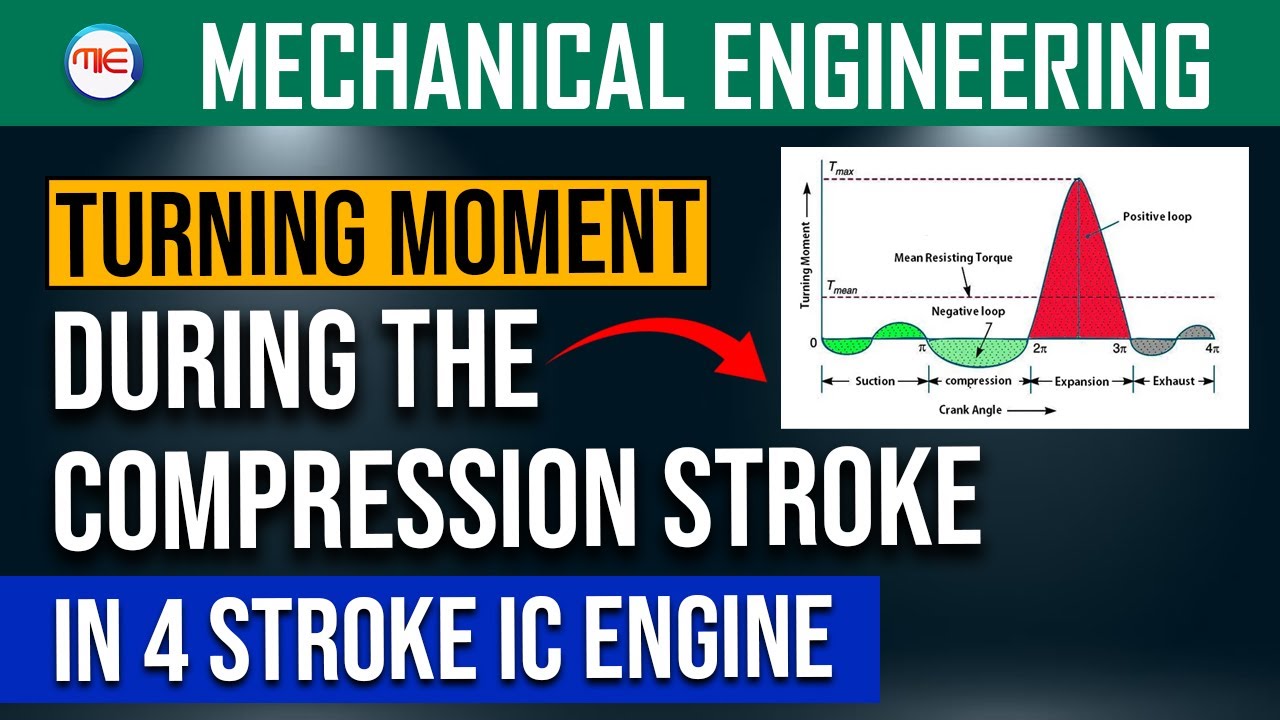In this blog, we’ll discuss a question asked in SSC JE 22 January 2018 from the Internal Combustion Engine topic. This is a frequently tested concept and understanding it will also help you in other competitive exams like RRB JE, State JE, and GATE (Mechanical).
I have explained the complete concept and reasoning for this question in detail in the video below.
When carbon deposits accumulate inside the cylinder, especially on the piston crown and cylinder head, the clearance volume decreases because part of that space is now filled with carbon.
Clearance Volume = Volume remaining in the cylinder when the piston is at Top Dead Center (TDC).
Since Compression Ratio = (Swept Volume + Clearance Volume) / Clearance Volume,
when clearance volume decreases, the denominator becomes smaller, which increases the compression ratio.
This increase is called Effective Compression Ratio because it’s higher than the designed value due to deposits.
Carbon deposits → Decrease clearance volume → Increase effective compression ratio.
Higher compression ratio can lead to knocking and engine overheating.
Regular maintenance and decarbonization help avoid this problem.
Tip for Exams:
If the question is about “decrease in clearance volume,” think of increase in effective compression ratio.
If it’s about “increase in clearance volume,” the compression ratio will decrease.

Makeiteasy






.jpeg)



Leave a Comment